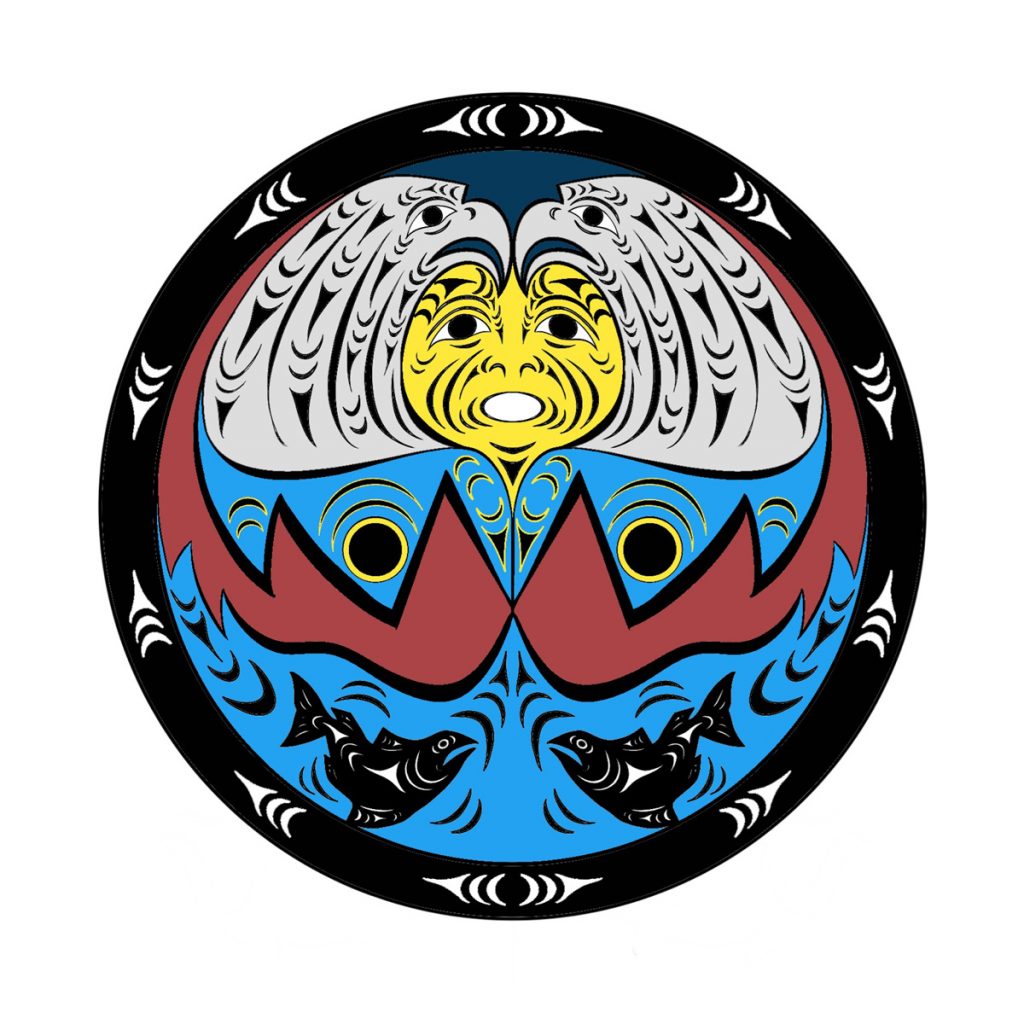Acknowledgements

Knowing Home Book 2 has evolved as a creative collaboration of many individuals whose encouragement and support became instrumental in the production of this book. The editors gratefully acknowledge all those who made this book possible. We are especially thankful to the participants of the 2003 conference at Dunsmuir Lodge for their oral and written contributions to the Vision statement. Their inspiring thinking and continuing quest for a decolonized science curriculum honours Indigenous people everywhere.
We are grateful to Jane Mertz, a skillful and patient editor, and good friend. We are grateful to Inba Kehoe and the staff in the Copyright and Scholarly Communication Office at the University of Victoria Libraries, for their thoughtful guidance and support during the production phase of the book. Last, but not least, we acknowledge the hard work, inspiration, and dedication of all those graduate students who conducted research, completed graduate degrees, and contributed chapters for this book.
Our acknowledgements would not be complete without paying tribute to the late Yup’ik science educator and scholar, Dr. Angayuqaq Oscar Kawagley, who taught one of the graduate courses in ‘Yalis. Kawagley asserts that strong bridges are built by examining the collective ways people in Eurocentric and Indigenous cultures experience and make sense of their natural worlds. Words cannot capture his inspired teachings and gentle spirit, but the wisdom of his stories will be with us always as we strive to find new approaches to science education that invite all students to participate by articulating a cultural approach to science.
The publication of this book was funded by an Open Education Resources grant from BCcampus.
About the artwork
SÁMI EṮ XÁLS. U, SDOYEMs TŦE SWEȻEȽ I, TŦE ŚW̱KITES. NIȽ ȻE,ĆÁ, XAXE ŦIŦEȽ SIÁM. SU JIJEȽ ȽTE TŦU, NIȽ XÁLS.
LÁ,TEṈ TŦU MEQ STÁṈ EṮ XÁLS. LÁ,E TŦU MEQ E TŦE TOŦELṈEW̱ I, TŦE SĆȺNEW̱ I, TŦE ȾÁLEȾEM. LÁ,E U, LÁ,E TŦE TEṈEW̱ I, TŦE SȻÁCEL I, TŦE ŚḰENO, TŦU MEQ. TÍYELs TŦE SĆȺNEW̱ YÁ, ĆSE LÁ,E TŦE ŚḰENO,. QELEṈSEN TŦU, NIȽ ŚW̱KITES. STES ȻE,ĆÁ, E TŦE SḰEL,ḰELs EṮ XÁLs. I, SWEȻEȽ TŦU, NIȽ SȻÁĆEL I, TŦE TEṈEW̱ I, TŦE ŚḰENO,. LÁ,TEṈ ȻE,ĆÁ, TŦU MEQ STÁN EṮ XÁLS. ṈOS TŦE ŚW̱,LÁLEs E TŦE SḰE,ḰEL. ṈES,ÁNW̱ ȻE,ĆÁ, ŚW̱,LÁ,Es TŦU NIȽ SḰE,ḰEL. I,ḰE,ḰELEṈ TŦE SȻÁĆEL I, U, SOSESs EṮ XÁLS E TŦE SḰE,ḰEL. TÁ,ȻIṈEȽ TŦU, MEQ STÁṈ EȻs ḰO,ḰELs EṮ XÁLS. SȻÁ,TEṈ ȽTE TIÁ, SḰAL.
SÁMI EṮ XÁLS. I, SDOYEMs TŦE ŚW̱KITES. NIȽ ȻE,ĆÁ, ŚW̱JIJEȽ ȽTE TŦE XAXE.
The creator wears a blanket, a wool blanket and a W̱SÁNEĆ head dress. It is because the creator is sacred, high up and honourable. So we give thanks to the creator.
The creator made everything here: the animals, the fish and the birds. There they all are on the land, in the sky and in the sea. The salmon go upstream from the ocean. Eagle is the creators head dress. It is because eagle is close to the messages from the creator. The wool blanket is everything. It is the land, the sky and the sea. The creator made it all. There are four places of the sun, because the sun moves along the horizons of the rising and setting suns across the four seasons. The sun is the face of the creator, shinning light on everything with sacred words. We are gifted this language.
The creator wears a blanket and a W̱SÁNEĆ head dress. This is because we give thanks to sacredness.

